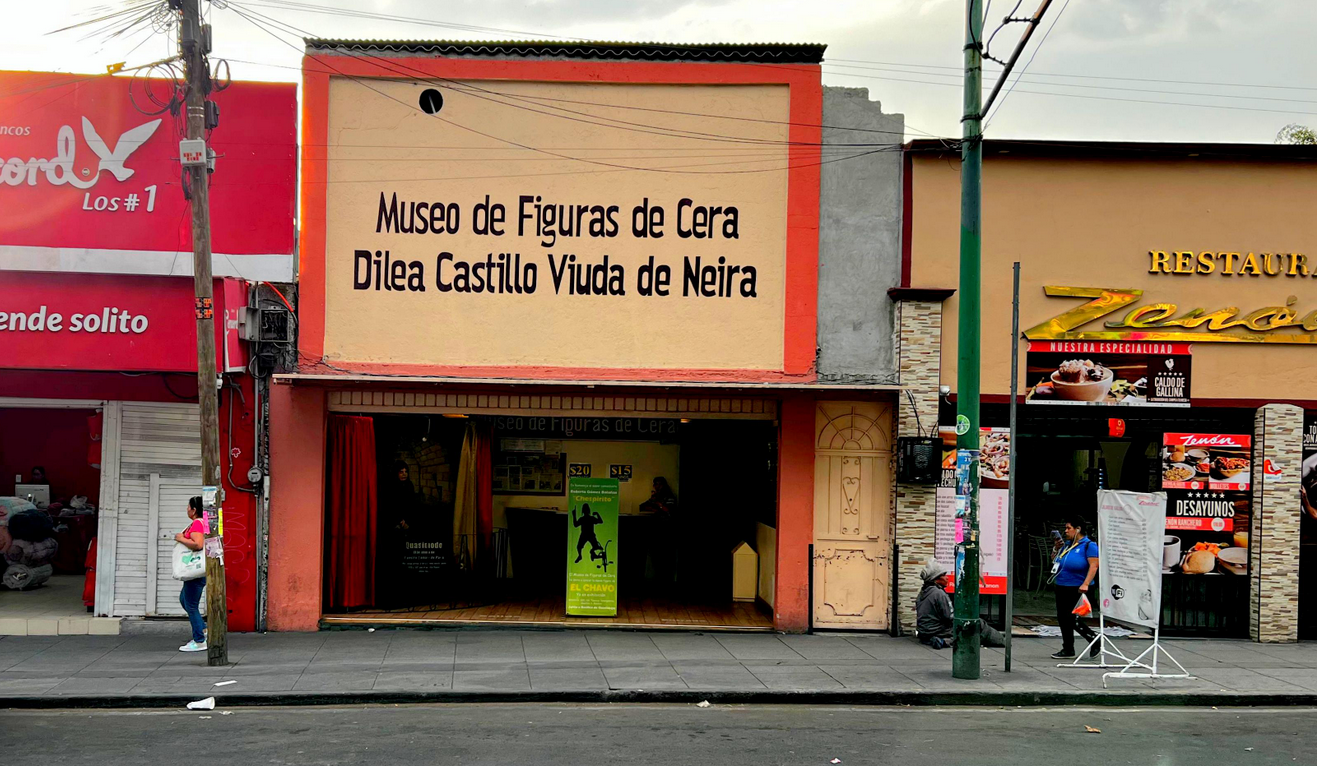
The Museo de Figuras de Cera is the Wax Figures Museum. It survives from a pre-television era when tourism was scarcely distinguishable from religious travel. But importantly, more important than the actual subject matter, is the curious history of the museum and its founding,
Today known as the Museo de Figuras de Cera “Dilea Castillo Viuda de Neira,” the museum manager is Eduardo Neira. He’s the great-grandson of the original founders. The sign (pictured above) mentions Dilea Castillo García as the widow of José Neira Obcejo. This is where it gets interesting.
Neira Obcejo was an activist and labor agitator in the years prior to the Mexican Revolution. Imprisoned by the Porfirio Díaz government, he was tortured and contracted tuberculosis in the San Juan de Ulüa prison off the coast of Veracruz after the uprisings at the Rio Blanco textile mills in which he was a participant.
He somehow survived prison and rededicated himself to a combative journalism. Editing and organizing workers during the revolution, he eventually married and took his new wife, Dilea Castillo to Texas in 1918. They survived by making and selling wooden and wax figures using a technique that Dilea had learned in Michoacan with her own displaced parents. (Her father was Colombian, and her mother from Nicaragua.) The figures made in Texas were primarily religious in character.
But Neira Obcejo’s old compatriots in the waning years of the Revolution convinced him to attend a socialist conference in Berlin in 1919. While the Paris Peace conference reconfigured the entire map of Europe, Neira Obcejo took a job at a Berlin mannequin factory. There, he learned the techniques of wax sculptures and dioramas developed by Madame Tussaud in the wake of the French Revolution more than 100 years before.
The couple returned to Mexico City in 1920 where they dedicated themselves entirely to the making of wax figures. By 1933, they’d opened a first exhibition space on the Calle Argentina in Mexico City’s historic center. That location became a mandatory stop for visitors and remained so for decades. Only the earthquakes of 1985 finally closed it. By mid-century, though, the couple had also expanded to the present location, to the Colonia Juárez (the location that would eventually become the present-day Mexico City Wax Museum) and to Tijuana.
The displays at the Calzada de los Misterios location don’t depict entirely religious or biblical figures, as one might expect. Exhibitions draw on Mexican 20th-century popular culture and history, with a few holdovers from the preceding century, too. A lobby display also includes a fair amount of documentation from newspaper clippings to family pics and local history.
The museum still displays a few figures made way back in the 1950s. The most recent, Chavo del 8, dates from 2019 and went on display in 2020. Other figures include Cantinflas, Agustín Lara, Francisco I. Madero, and Benito Juárez among others. The museum rotates and update displays every six months or so. While the glory days of the museum are likely in the past, in the 100 years since Lenin was “better-than-embalmed” in Moscow, it pays more than ever to give respect where respect is due.
The Museo de Figuras de Cera is a meta-musuem; one where visitors consider museology even more than we learn about the subject at hand. It’s also a good argument for any archive preserving well beyond its own shelves and walls.
Hours: Weekdays, 10 a.m. to 6 p.m., Weekends, 10 a.m. to 7 p.m.
Karla Almaraz / CDMX Secreta, 13 julio, 2023; Museo de Cera de la Villa: joya secreta en Gustavo A. Madero: https://cdmxsecreta.com/museo-de-cera-la-villa/
 +52 (55) 5781 9455
+52 (55) 5781 9455
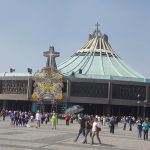
Nearest at 0.11 kms.
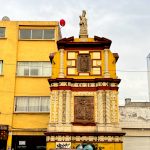
Nearest at 0.11 kms.
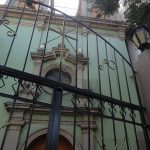
Nearest at 0.13 kms.

A planned temple and sanctuary dedicated to the first saint indigenous to the Americas . . .
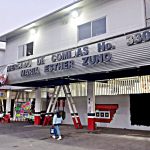
A fantastic place for eating just outside the basilica . . .
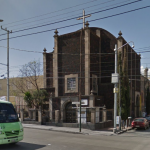
A very old church calls to mind the long history of the Villa Guadalupe Hidalgo . . .
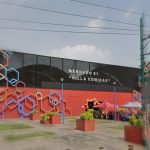
A fantastic place for lunch just outside La Villa . . .